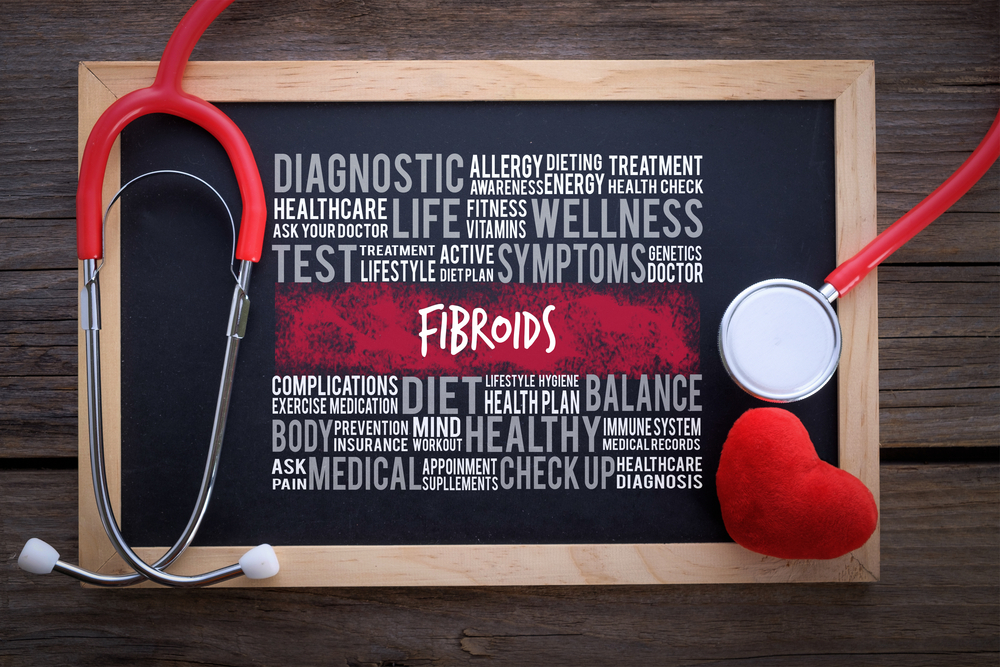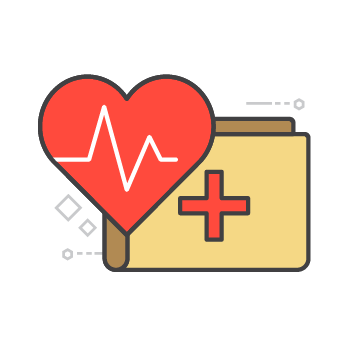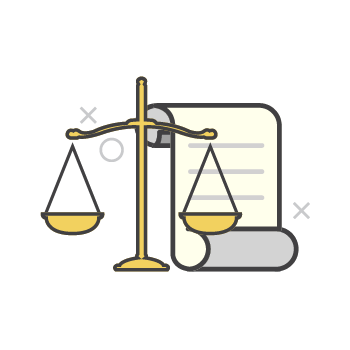A Beginner’s Guide to Fibroids
by Karen Rollins Jan 21, 2019

One in three women will develop fibroids at some stage in their life but many won’t even know they have them because they won’t experience any symptoms.
Fibroids may not need any treatment, depending on their size and location in the body, but for women who do suffer symptoms it can be a painful and stressful condition.
Below is some more information about fibroids and how they can be treated.
What are fibroids?
The British National Health Service describes fibroids as “non-cancerous growths that develop in or around the womb (uterus). The growths are made up of muscle and fibrous tissue and vary in size. They’re sometimes known as uterine myomas or leiomyomas.
Who is at risk?
Fibroids are most likely to occur in women aged 30 to 50 and are also more common in women of African- Caribbean origin.
Women who are overweight or have a history of fibroids in their family are also at greater risk.
What are the symptoms?
Many women don’t experience any symptoms from fibroids, but those who do often complain of:
– heavy bleeding between or during periods that includes blood clots.
– pain in the pelvis or lower back.
– increased menstrual cramping.
– increased urination.
– pain during sexual intercourse.
– menstruation that lasts longer than usual.
– pressure or fullness in your lower abdomen.
– swelling or enlargement of the abdomen.
How can it be treated?
Women who are having symptoms caused by fibroids can be given medication to help relieve the pain and discomfort.
Some medications which regulate hormone levels can also shrink fibroids, but if these prove ineffective, surgery or other less invasive procedures may be recommended.
Various home remedies and natural treatments, such as yoga and massage, can also have a positive, pain-relieving effect by relieving stress.
Cutting out foods which are high in fat and sugar and replacing them with green vegetables, green tea, and cold-water fish such as tuna or salmon, can also control some of the symptoms. If you’re overweight it can also be beneficial to try to become a healthier size.
Surgery, known as a myomectomy, can be performed to remove very large or multiple growths. And, as a last resort, a hysterectomy is also an option if the symptoms get worse and all other treatments have failed to relieve the condition.
If you think you are suffering from fibroids you should consult you GP.
Sources: Healthline / NHS UK








